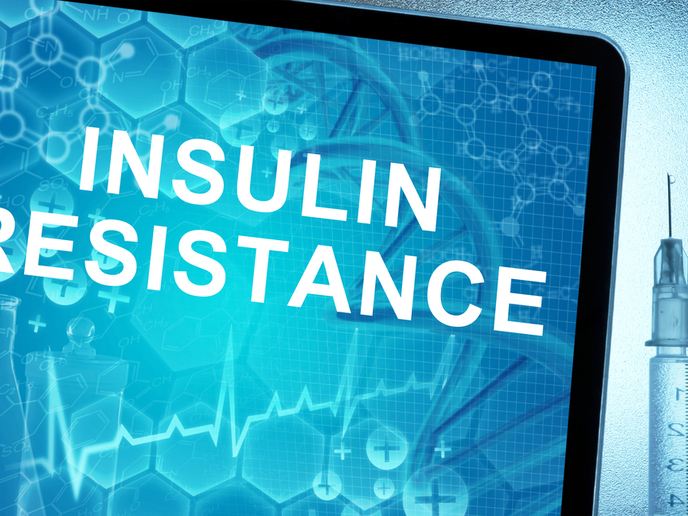A novel drug for reversing metabolic syndrome symptoms
Patients with metabolic syndrome(opens in new window) present with specific symptoms such as central obesity, insulin resistance, dyslipidaemia (high triglycerides, low HDL cholesterol, and high LDL cholesterol levels) and hypertension. There is a vicious circle of elevated blood glucose and insulin levels produced from the pancreas but the fat and muscle targets do not respond to the hormone signal, leading to peripheral resistance.
A new protein target for metabolic syndrome
Researchers of the EU-funded PREVMETSYN project developed a pharmacological strategy that aims to alleviate the observed symptoms of metabolic syndrome and reduce the onset of type 2 diabetes. “Our goal was to design a powerful approach capable of reversing the key pathology of metabolic syndrome, insulin resistance,″ explains project coordinator Prof. Gary Lewin. Scientists identified a protein with a previously unknown role in metabolic syndrome. They discovered that loss of this protein leads to a metabolic syndrome-like condition in mice and with age they develop insulin resistance, obesity and reduced insulin-dependent glucose uptake. As Prof. Lewin explains “this gave us the indication that an agonist of this protein that would modulate its function could work as an anti-diabetic drug by enhancing glucose uptake into cells.″ Under normal circumstances, mice fed a high-fat diet would develop metabolic syndrome. However, when treated with the protein agonist, the symptoms were significantly alleviated. The PREVMETSYN team delineated the structure activity relation of these small molecules and the next step was to expand the number of molecules with similar activity. They successfully synthesised new molecules that were similar in structure but exhibited improved potency. The rationale was to design effective pharmacological lead compounds to treat metabolic syndrome.
Advantages of the PREVMETSYN drugs
The mechanism proposed by PREVMETSYN has not been exploited as a drug target before for the treatment of metabolic syndrome. Drugs currently on the market focus on increasing insulin production from the pancreas to achieve glycaemic control or by targeting dyslipidaemia. One problem with the former drugs is that at some point the pancreas is overactive, putting a strain on pancreatic islets with potential long-term side-effects. In contrast, the PREVMETSYN approach proposes a novel mechanism of action. The small molecules facilitate the uptake of glucose, sensitising the peripheral tissues to the insulin signal. According to Prof. Lewin “our drugs work in a different way than any of the other drugs used in patients or currently under development.″ Next, PREVMETSYN partners plan to secure the intellectual property of the small molecules and the technology through a patent application. A spin-off company is among their immediate plans and are actively looking for business collaborators. Despite the concrete preclinical evidence and lack of toxicity, they are still a long way away from commercialising these small molecules for clinical application. Drug development necessitates a number of studies in various animal models to test toxicity before conducting any clinical trials. “Realistically, we expect our drug to reach the clinic in four years’ time,″ states Prof. Lewin. Nonetheless, he is confident that the novelty of the PREVMETSYN pharmacological approach will open new avenues for the treatment of metabolic syndrome, significantly reducing the diabetes epidemic.







